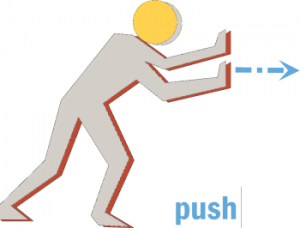Force in the early years: Difference between revisions
From OER in Education
No edit summary |
No edit summary |
||
| Line 3: | Line 3: | ||
|attribution={{Penny Coltman}} | |attribution={{Penny Coltman}} | ||
|title=Force in the early years | |title=Force in the early years | ||
|tagline=Thinking about the language of force | |tagline=Thinking about the language of force | ||
|topic=Forces | |topic=Forces | ||
|subject=Science | |subject=Science | ||
| Line 10: | Line 10: | ||
|image=Push1.png | |image=Push1.png | ||
|content= | |content= | ||
|strategy= | |strategy= | ||
|Learning Objectives= | |Learning Objectives= | ||
* | * Describing the movement of familiar things. | ||
* | * Knowing that pushes and pulls are examples of forces. | ||
* | * Knowing that forces can make things speed up, slow down or change direction. | ||
* | * Understanding that forces can change the shape of objects. | ||
|additional resources= | |additional resources= | ||
|useful information= | |useful information= | ||
Latest revision as of 14:32, 5 December 2012
Thinking about the language of force
Teaching approach. This lesson idea highlights the scientific language(ta) around the topic of force, and through group work(ta) and whole class(ta) dialogue(ta) engages pupils in inquiry(ta) and the scientific method(ta) surrounding force. (edit)
| Resource details | |
| Title | Force in the early years |
| Topic | [[Topics/Force|Force]] |
| Teaching approach | [[Teaching Approaches/Dialogue|Dialogue]], [[Teaching Approaches/Whole class|Whole class]], [[Teaching Approaches/Language|Language]], [[Teaching Approaches/Group work|Group work]], [[Teaching Approaches/Inquiry|Inquiry]], [[Teaching Approaches/Scientific method|Scientific method]] |
| Learning Objectives |
|
| Format / structure | A 4 page lesson |
| Subject | [[Resources/Science|Science]] |
| Age of students / grade | [[Resources/Primary|Primary]]
|
| Related ORBIT Wiki Resources | |
| Files and resources to view and download |
|

